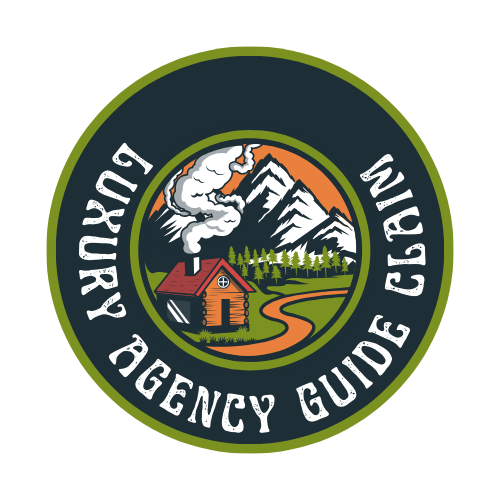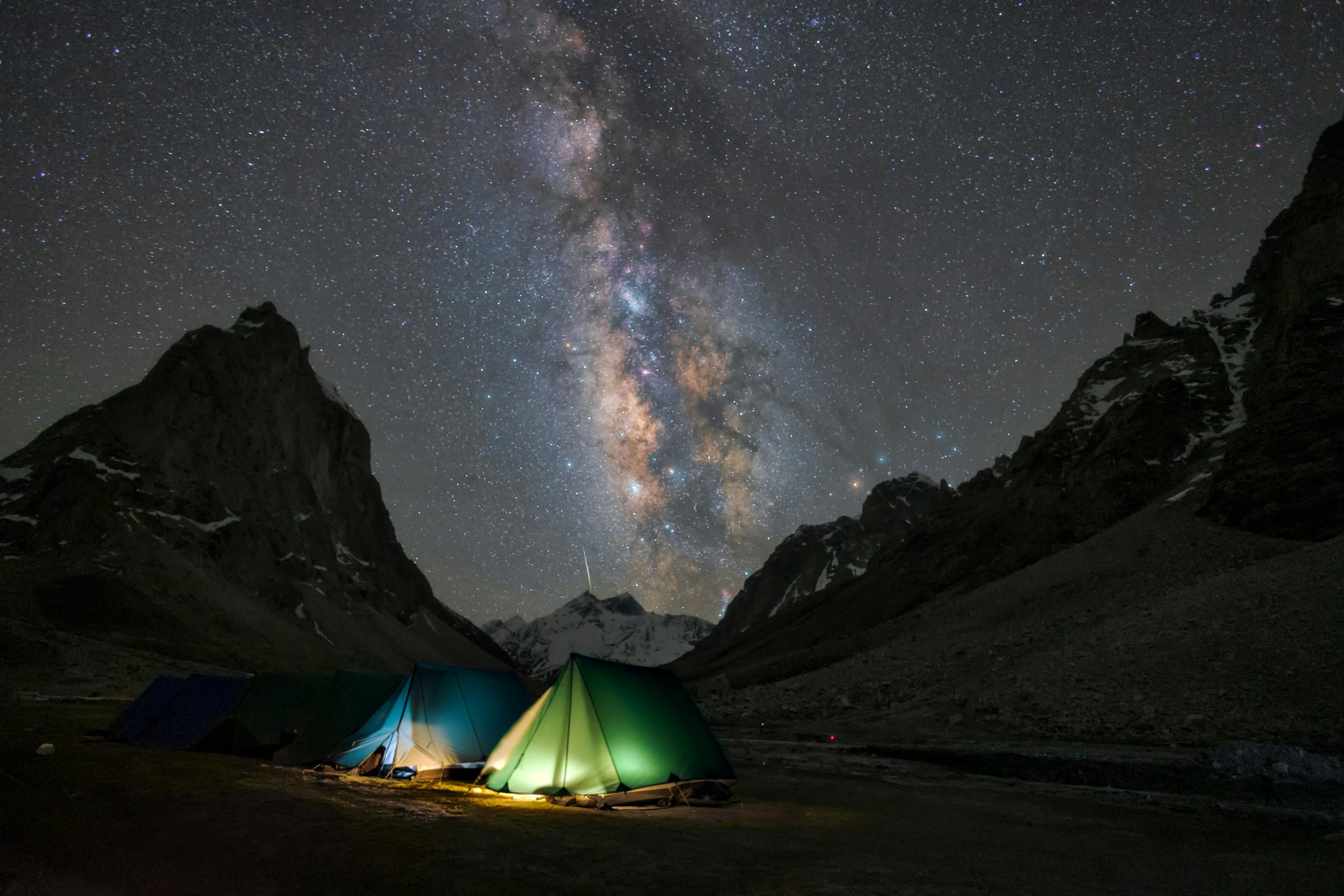Mount Roraima, the towering tepui (tabletop mountain), is one of the most awe-inspiring natural wonders of South America, standing at an impressive 2,810 meters (9,219 feet) above sea level. It is located at the tri-junction of Venezuela, Brazil, and Guyana, and is one of the oldest geological formations on Earth, with an estimated age of around 2 billion years. This isolated mountain is known for its dramatic cliffs, dense forests, and unique ecosystem, making it a must-visit destination for adventurers and nature lovers.
A Gateway to Another World
Mount Roraima is one of the most distinctive and recognizable mountains in the world. Its flat-topped summit, surrounded by steep cliffs that drop more than 1,300 meters, creates an almost otherworldly appearance. The tepui is part of the Pacaraima Mountains, and its unique shape has made it a source of fascination for explorers, scientists, and artists alike.
The landscape atop Mount Roraima is often compared to a “lost world.” Its isolated summit has given rise to many species of plants, animals, and insects found nowhere else on Earth. This isolation has earned it the status of an ecological sanctuary, a living fossil of evolutionary history.
Flora and Fauna of Mount Roraima
The summit of Mount Roraima is home to a variety of endemic species, which have evolved in isolation over millennia. The combination of high altitude, unique weather conditions, and seclusion from the surrounding lowlands has created a diverse and often bizarre ecosystem.
- Unique Vegetation: The vegetation on Mount Roraima is made up of a variety of bizarre, otherworldly plants. These include pitcher plants, which trap insects for nourishment, and hardy mosses that thrive in the mountain’s cool and misty environment. The flat plateau is dotted with strange, colorful flora that have adapted to the harsh conditions of the highlands.
- Endemic Species: Mount Roraima is home to species found nowhere else on Earth. Notable examples include the Roraima gecko and the Roraima toad. These species have evolved to survive in the mountain’s isolated and extreme conditions, making them a subject of scientific study.
- Birds and Insects: The mountain is also a refuge for a variety of birds and insects. Hummingbirds, parrots, and swallow-tailed kites are just a few examples of the avian life that inhabit the mountain. Insects like the Roraima dragonfly and caterpillars are also unique to the tepui, adapted to the cool and moist conditions of the highland ecosystem.
Trekking to the Summit
The journey to the top of Mount Roraima is an extraordinary adventure, one that takes trekkers through some of the most remote and rugged landscapes in the world. The trek is typically done over a period of 6 to 10 days, depending on the route and the weather conditions.
- Starting Point: Most treks begin at the base of the mountain, either from Venezuela or Brazil, where guides and porters assist trekkers with the challenging journey. In Venezuela, the trek typically begins at the small town of Paraitepui (located in the Gran Sabana region), while the Brazilian route begins from Pacaraima.
- The Trail: The journey to the summit is physically demanding, with trekkers traversing through dense jungle, river crossings, and steep slopes. Along the way, hikers can witness breathtaking views of the surrounding landscape, including the Gran Sabana plains and the lush forests that blanket the lower reaches of the mountain. The trail also passes through sandstone caves, waterfalls, and vibrant vegetation, creating a dynamic and ever-changing environment.
- Camping on the Mountain: Once at the summit, trekkers set up camp on the flat plateau, which offers panoramic views of the surrounding jungle and distant mountains. The weather on the summit can be unpredictable, with frequent rain showers and mist, adding to the sense of adventure and mystique. Camping on Mount Roraima is a chance to experience a rare ecosystem, where the isolation of the tepui creates an environment that is both ancient and wild.
- Exploring the Summit: The summit of Mount Roraima is a sprawling, flat-topped plateau that stretches for several kilometers. It is a landscape of strange rock formations, hidden pools, and vast open spaces that seem to stretch on forever. Hikers can explore the mysterious valleys, cliffs, and caves, each offering new discoveries and opportunities to witness the rare and unique species that call the summit home.
The Mystery and Legend of Mount Roraima
Mount Roraima has long been a source of myth and legend for the indigenous peoples of the region. The Pemon people, native to the Gran Sabana region, believe that Mount Roraima is the “stump of a giant tree”, and that the mountain is a place where the world was created. According to their legends, the top of the mountain is where the gods once resided, and it is considered a sacred site.
The isolated nature of the tepui has also contributed to its mystique. Early explorers, such as Sir Walter Raleigh in the 16th century, were drawn to the mountain in search of riches, but its impassable cliffs and harsh environment made it a nearly impossible goal. Mount Roraima’s extreme isolation and the challenge of reaching its summit have only added to its allure and sense of mystery.
Best Time to Visit
The best time to trek to Mount Roraima is during the dry season, which typically lasts from December to March. During this period, the weather is more predictable, and the trails are easier to navigate. The wet season, from April to November, can make the terrain muddy and slippery, though the mountain’s unique landscape is especially lush and vibrant during this time.
Travel Tips
- Guides and Permits: Due to the remote and challenging nature of the trek, it is highly recommended to travel with a professional guide and a group. Guides are required for all treks in the region, and they will provide important support and knowledge of the area.
- Fitness Level: The trek to Mount Roraima is physically demanding, so it is recommended for travelers in good physical condition. The high-altitude environment can also be challenging, so it is important to be prepared for the physical demands of the hike.
- Packing: Essential gear includes sturdy hiking boots, rain gear, a hat, sunscreen, and a good-quality sleeping bag. A camera is a must for capturing the stunning views, but be sure to bring waterproof protection for electronics.
- Safety: Mount Roraima is a remote and rugged destination, so it is important to take all necessary safety precautions, including carrying enough water, food, and first-aid supplies.
Conclusion
Mount Roraima is a destination that offers an unforgettable experience for those who seek adventure, natural beauty, and a glimpse into a unique and ancient ecosystem. Whether trekking through the dense jungles, camping on the flat-topped summit, or learning about the region’s fascinating legends, this remote mountain offers a journey into a world that feels as though it has remained untouched for millions of years. Its dramatic cliffs, rich biodiversity, and mysterious allure make Mount Roraima one of South America’s most intriguing and sought-after natural wonders.

